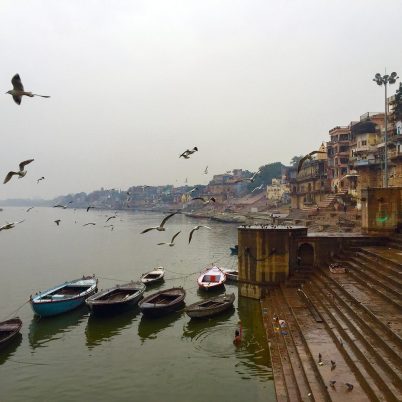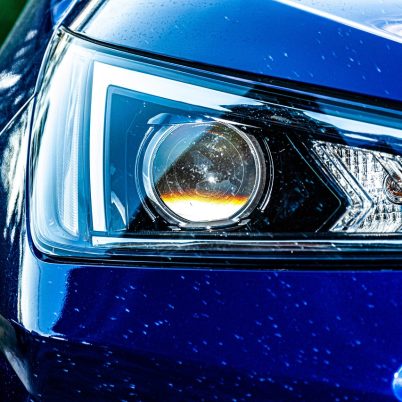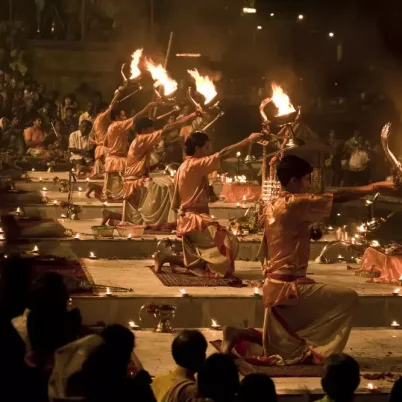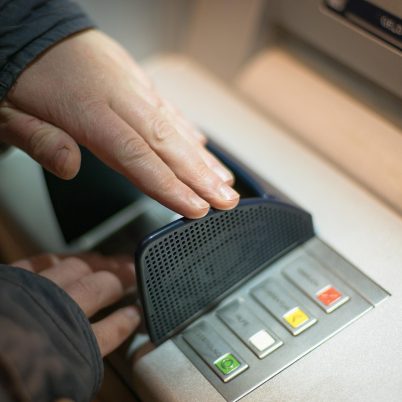
India is one of the best countries in the world for photography enthusiasts. With varied landscapes across the vibrant country, you will be hard-pressed to put down your camera. However, even with a beautiful frame at every corner, there are a few photography rules in India for foreigners which you should know. Read on to find out more.
Photography laws in India
Indian photography laws are complicated, since there are no clear rules and regulations about photography. There are, however, a few laws in the Indian constitution that protect both the photographers and the subjects.
- The Right to Privacy is a fundamental right in the Indian Constitution, which protects individuals from unauthorized intrusion in their lives. In street photography, where the subject is not aware that they are being photographed, can be considered an infringement of an individual’s privacy.
- Usually, Indians will not mind being photographed. However, it is always best to ask for permission before photographing people in private settings. In public spaces it is not an issue, but do be mindful of the situation.
- If you photograph an individual and wish to use the image for commercial purposes, you will need that individual’s consent with written permission to use it. In case you fail to do so, you could face legal trouble. If you are using the picture for non-commercial purposes like social media, it is still a good idea to seek their verbal or written consent before publishing it.
- The Copyright Act, 1957 gives exclusive rights to photographers to their original work. If your copyrighted images are used by anyone without permission, it can be considered a copyright infringement. However, those images are allowed for fair use to benefit the public.
These are just a few examples of photography laws in India.
See also: Best time to visit India

General rules for tourists
- Photography is allowed in most public places in India, such as streets, markets, and tourist attractions. However, avoid photographing people without their consent.
- Most monuments, historical sites, and heritage structures in India allow photography with a normal camera. Even then, some sections of the site may be closed off for photography.
- Many of these places will charge a small fee if you are carrying a DSLR or video equipment. Tripods are often not allowed.
- Many places of religious worship such as temples, gurudwaras, and mosques do not allow photography inside the sanctum or sensitive areas. You may find signs saying “Photography Not Allowed”. If not, you can always ask someone in charge if it is okay to click pictures.
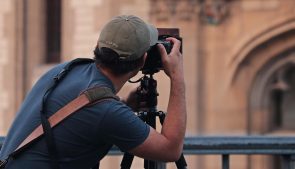
Places while photography is not allowed
- Military establishments: Military establishments include military camps, border areas, and some government buildings. Photography is strictly prohibited at these places.
- Tribal areas: A few tribal regions in India, especially in the Northeast, require special permits to even visit. For photography, you will need explicit permission.
- Airports, railway stations, and metro stations: While these places often allow photography in public places, you may not be allowed to capture pictures of the infrastructure. Many railway stations do not allow clicking pictures of individuals, while clicking pictures inside a metro train is also not allowed if it upsets the other passengers.
- Some places of religious worship: Many religious places do not allow photography in certain parts of the complex. Respect the local customs and traditions and ask for permission before clicking pictures.
- Private property: You cannot click pictures on a private property without seeking permission from the owners.
Commercial photography rules
- Foreigners intending to shoot for commercial use with professional equipment will need prior permission from authorities.
- Use of drones is not allowed in many places without a DGCA license, geo-zone clearance, and prior permission.
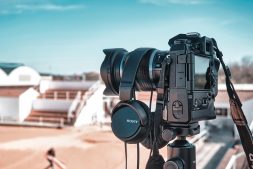
Ethical rules
- Context is important. While it is okay to click pictures in public places, avoid capturing sensitive situations like funerals, or vulnerable people like beggars. Photographers tread a fine line when it comes to capturing powerful images while also trying not to seem insensitive.
- You may come across many people who are shy about being photographed. Sometimes, just asking politely with a smile goes a long way.
- Build a relationship with your subject first. Not only will it elevate your photography, but it will also make the subject feel more comfortable to let you capture them. Do not click pictures if someone is not comfortable with it.
- If you click someone’s pictures, share the pictures with them. Most people would love to have a copy of their pictures.
Cultural tips
- Worship in India is an emotional and private ritual. Do not photograph someone praying until you know them extremely well or if they consent to it.
- When inside any religious place of worship, remove your footwear outside, even if you are only photographing.
- Some people may expect a tip for getting photographed. You can give them INR 10 to 50 just to be respectful. However, do not indulge if they expect more.
General photography tips
- Keep your photography gear safe. India is a crowded country and it is very easy to misplace or lose your gear.
- Protect your gadgets from heat, dust, or rain by using weather protection like covers and bags.
- Back up all your work and keep extra batteries charged. An opportunity for photography may arise any time, anywhere.
- The golden hour and blue hour offer some stunning views in India. Do not miss these times to get some amazing shots.
- India is a vibrant chaos offering some of the most amazing visuals. Festivals like Holi, Diwali, Navratri, and Ganesh Chaturthi are a riot of colors and you will have a great time capturing these events. As always, be sensitive to the culture and protect your gear.

Was this guide useful? Let us know! At India Someday, we curate personalized trips to India for you based on your likes and dislikes. If you are interested in visiting India, contact us and we can help you plan the perfect trip to India!
Frequently Asked Questions
Yes, street photography is legal in India in public spaces. However, there are a few cultural and ethical implications you need to be mindful of while clicking pictures.
There are a few places in India where photography is not allowed, such as some religious places of worship, military areas and border regions, tribal regions, private properties, and airports and train stations.
There is a thin line while filming in public spaces, since nobody can expect privacy in public access areas. However, if someone being filmed feels uncomfortable or violated, they may take some action.
helping you travel your way
Everything you need to know about India is here We have tried writing about everything you may need help with for your trip to India, If you need help in planning a trip to India Get in touch with us to to plan your trip of a life time.


